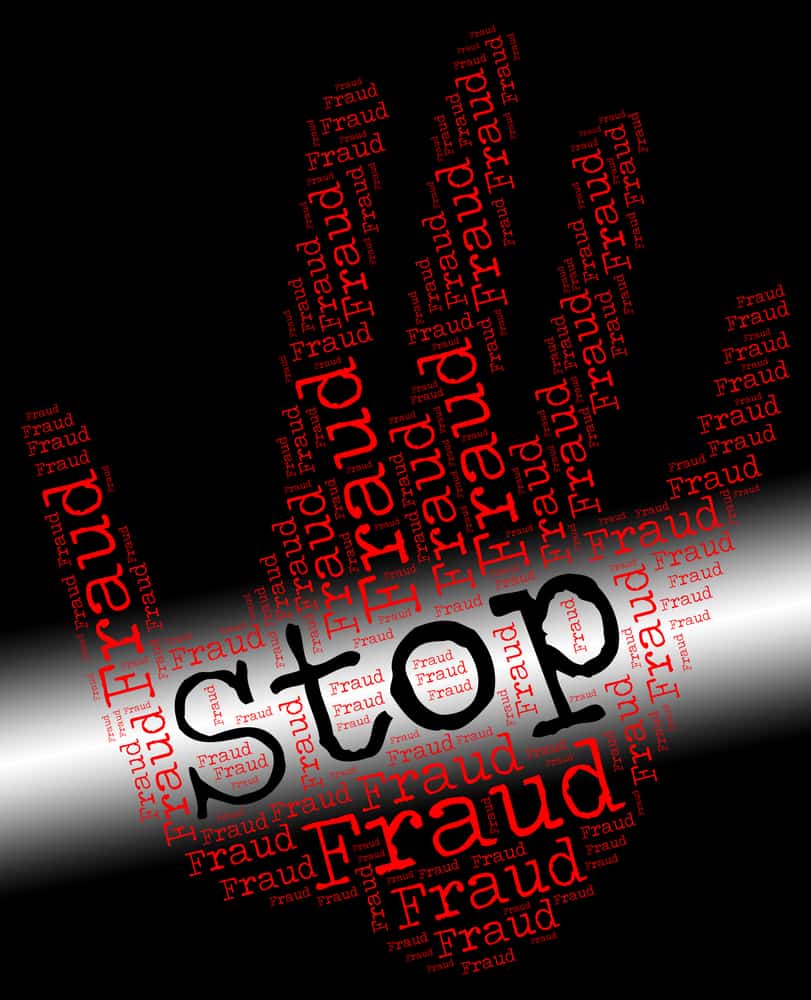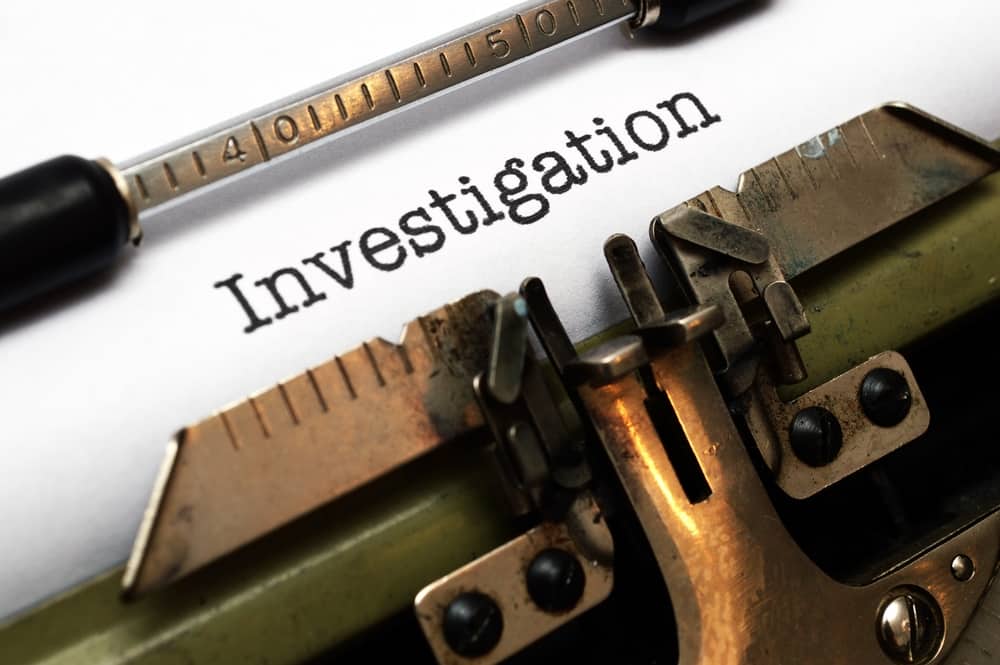
Investigating a workers’ compensation claim is an important step in claims management, however it can easily be overlooked or poorly done. Now is the time to review how you investigate claims regardless of experience. Doing so can save you time and ensure your program is effective and efficient.
First Things First: Determine Coverage
A workers’ compensation insurance carrier is responsible for a claim if they are contracted to provide coverage for an employer/insured. This is something that should be verified from the onset of claim in order to avoid confusion later on in the process.
Verifying coverage is especially important in workers’ compensation cases that involve industrial exposure issues such as asbestos or repetitive trauma occurring over a period of time. In other instances, insured falling into high-risk categories have multiple insurance carriers. Conducting a diligent investigation on this matter may result in allowing a carrier to deny liability or identify other parties who may be responsible.
Click Link to Access Free PDF Download
“The 5Cs to Taking a Bulletproof Injured Worker Recorded Statement”
Important data points to consider as part of this review include:
- Listed dates of injury on a claim petition;
- Policy exclusions based on an employee’s different locations of employment; and
- Dates when a policy was in force along with the requisite policy number(s).
Witness Identification
All successful claim handlers need to be great sleuths. They are given a limited set of facts found on the initial claim forms. It is then their duty to ask questions and locate answers. Part of this includes locating people who have information concerning the employee and the work injury. Important people to consider include:
- Employer: This includes not only the employee’s supervisor, but also other people who have contact with the injured party and understand their work activities. It is especially important in claims subject to dispute such as unexplained injuries or those that take place over the course of time.
- Other Fact Witnesses: These include a broad category of people. It can include people who witnessed the accident in question, work directly with or have regular contact with the employee. It is important to determine what information these persons have and also evaluate their credibility.
- Employee: Contact with the employee is also important. Not only will you be in contact with the employee as part of the injury report, but also following the injury as the claim handler manages the case. Part of this contact may include a recorded statement. When engaging in this activity, be sure to understand applicable rules and how to preserve it for use in litigation.
- Expert Witnesses: The increasing sophistication and due process safeguards in workers’ compensation cases is leading to the growing us of experts. This obviously includes medical doctors to address issues such as causation, the mechanism of injury and reasonableness/necessity of care. Other experts include vocational rehabilitation counselors and others who can comment on design and safety matters.
Other Important Components of the Investigation
Members of the claims management team are responsible for investigating the claim at its onset. This includes a number of other important considerations:
- Determining issues of compensability. This goes beyond a determination of coverage and includes the threshold issue of all workers’ compensation claims—whether the injury “arose out of” and was “in the course of” employment;
- Handling the injury triage and making sure the employee receives the medical care and treatment they are entitled to receive;
- Obtain appropriate authorizations. This includes a number of different documents such as medical, insurance, workers’ compensation records and Social Security verification to name a few.
Organization is Key
A well-organized claim file can provide efficiency to internal processes, demonstrate competence to claim managers and assist legal counsel should the matter be referred for defense.
Conclusions
Members of the claims management team play an important role in investigating workers’ compensation claims. It is important to be organized and work newly received file materials in an effective and efficient manner. It can also result in a cost savings to your program, which pays dividends to all involved.
For additional information on workers’ compensation cost containment best practices, register as a guest for our next live stream training.
Author Michael Stack, Principal, Amaxx LLC. He is an expert in workers compensation cost containment systems and helps employers reduce their work comp costs by 20% to 50%. He works as a consultant to large and mid-market clients, is co-author of Your Ultimate Guide To Mastering Workers Comp Costs, a comprehensive step-by-step manual of cost containment strategies based on hands-on field experience, and is founder & lead trainer of Amaxx Workers’ Comp Training Center.
Contact: mstack@reduceyourworkerscomp.com.
Workers’ Comp Roundup Blog: https://blog.reduceyourworkerscomp.com/
Live Stream WC Training: http://workerscompclub.com/livestreamtraining
©2017 Amaxx LLC. All rights reserved under International Copyright Law.
Do not use this information without independent verification. All state laws vary. You should consult with your insurance broker, attorney, or qualified professional.













